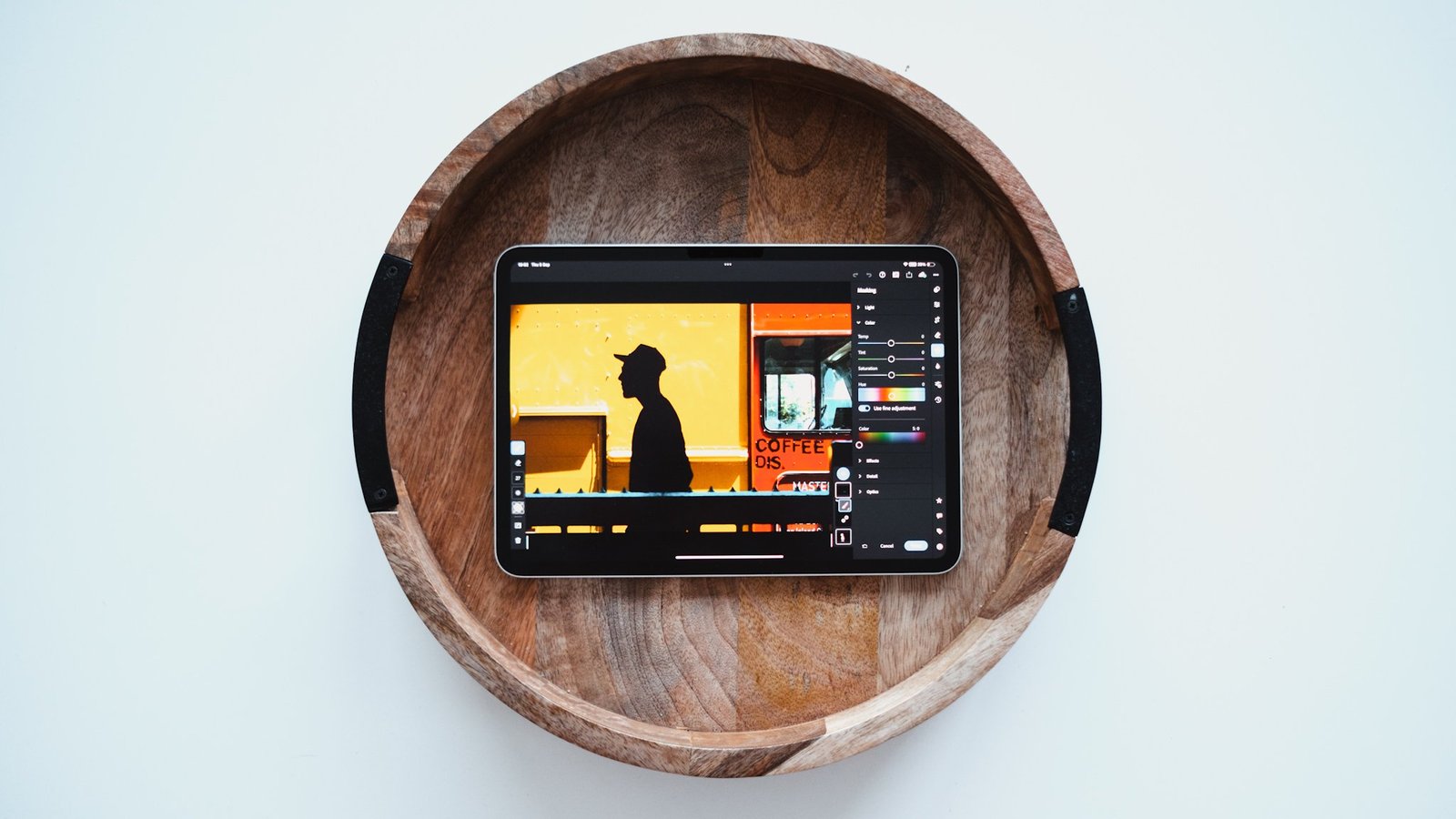According to reports, scientists have managed to create the world’s fastest stretchable and wearable integrated circuits to empower Internet of Things (IoT). Capable of driving the future of IoT, the new technology is expected to establish high-speed wireless connectivity and will create a new planet of wireless based communications.
Developed by University of Wisconsin-Madison engineers and published in journal Advanced Functional Materials, the new platform will help manufacturers to expand the capabilities and reach of wearable electronics and will be useful for biomedical applications. The new circuit platform enables you to take advantage of a new generation of future wireless broadband technology also called as 5G.
As per the study reports, the microwave radio frequencies generated by the circuits are electromagnetic waves that make use of frequencies in the 0.3GHz to 300GHz range, which falls in the 5G range. If 5G is implemented, it will bring a new revolution in the world of wireless communication and the current mobile user base will be doubled due to a rapid increase in data speeds and coverage areas.
If the newly developed stretchy circuits are implemented, it will provide a huge boost to medical sector since it allows healthcare staff to monitor patients remotely and wirelessly using powerful instruments. This will benefit patients since it decreases the number of cables and wires. For instance, physicians will be able to monitor blood pressure of patients remotely.
Manufactured using a unique structure, the stretchable integrated circuits are primarily designed inspired by twisted-pair telephone cables. It consists of two ultra-tiny intertwining power transmission lines in repeating S-curves, which will ultimately provide the transmission lines the required ability to stretch without sacrificing their performance. Moreover, the lines will not only be protected from outside interference but also restrict the amount of electromagnetic waves flowing through them, which in turn, will eliminate current loss.
The researchers argued that the width of the new stretchable integrated circuits is just 25 micrometers thick instead of the currently available 640 micrometers. We hope that the implementation of the new platform will provide a significant boost to the Digital India initiatives as well.
















Add Comment